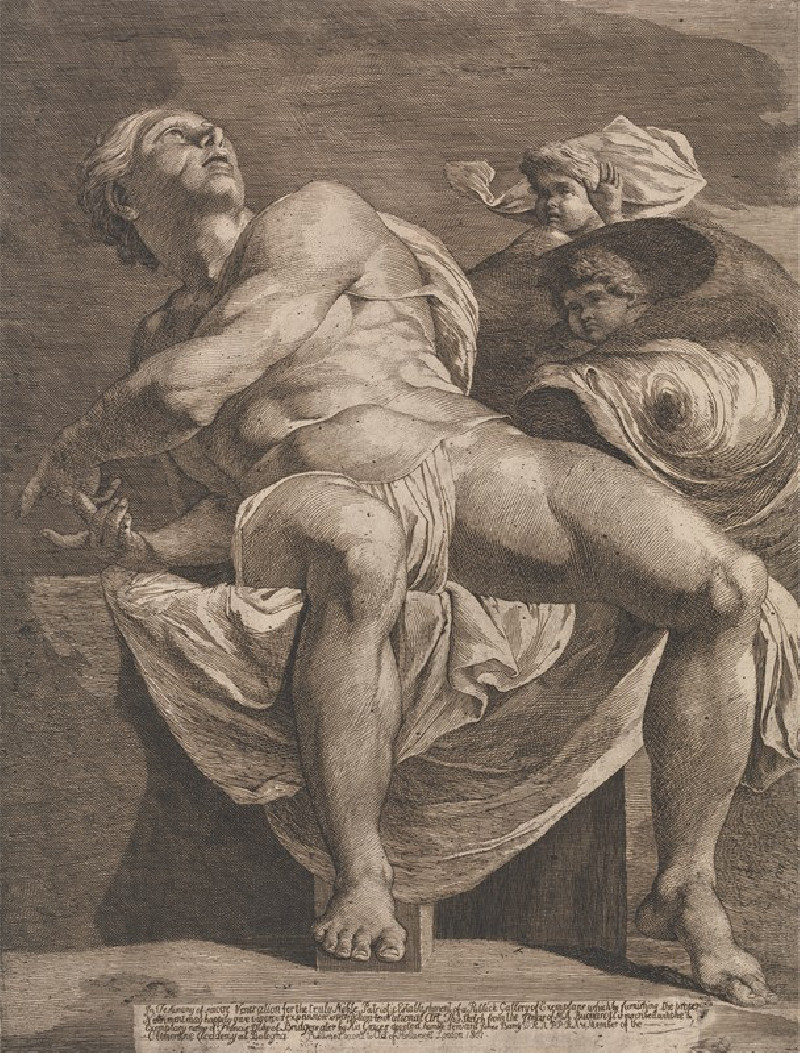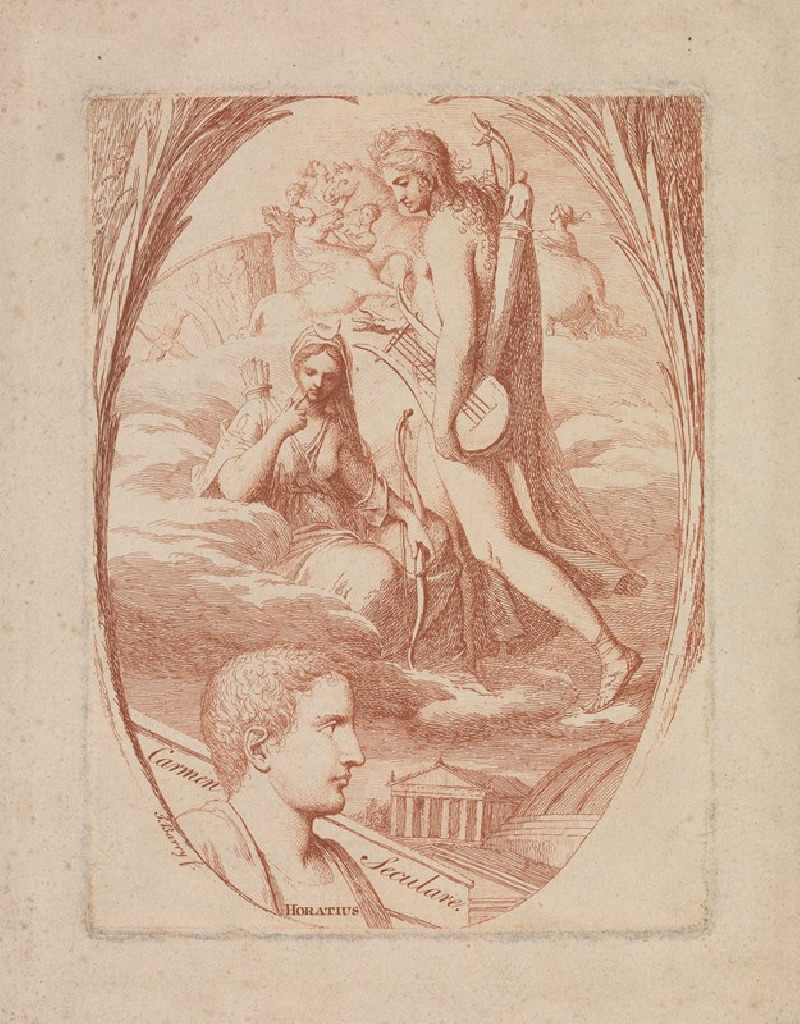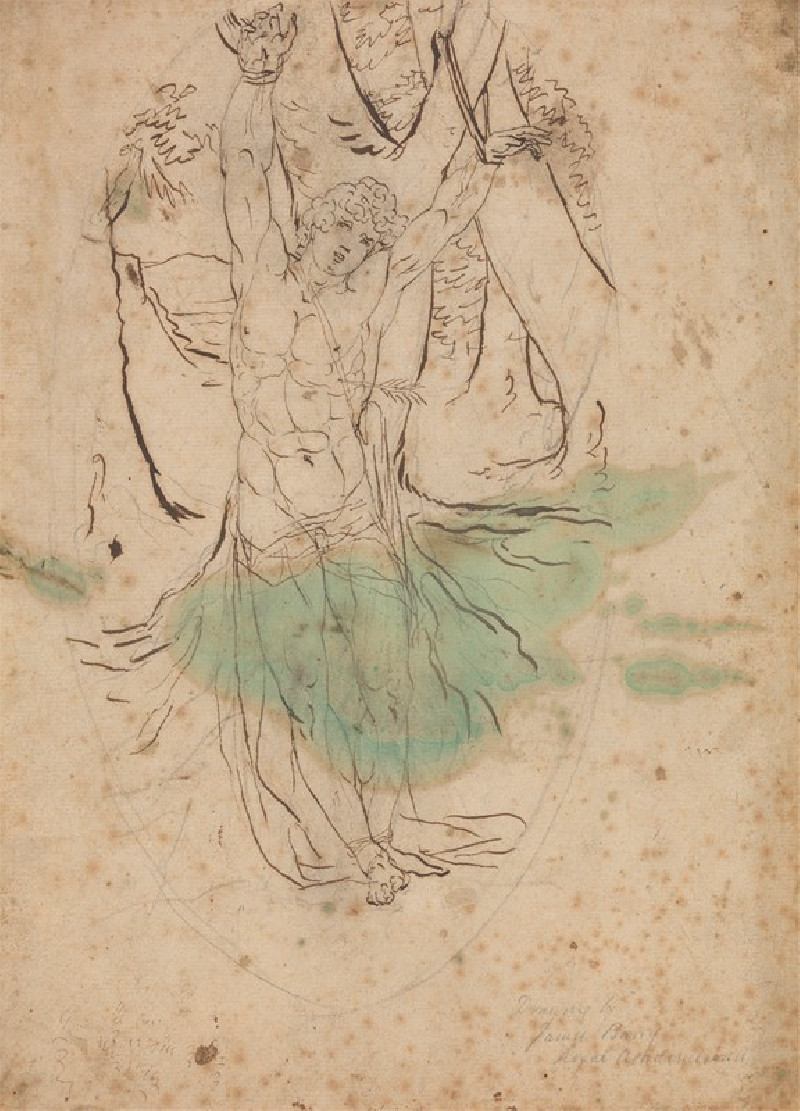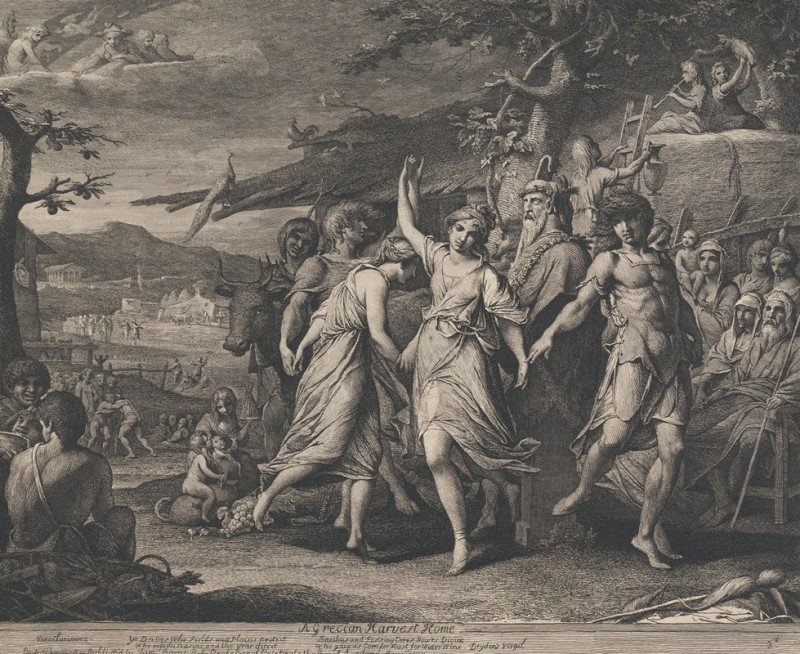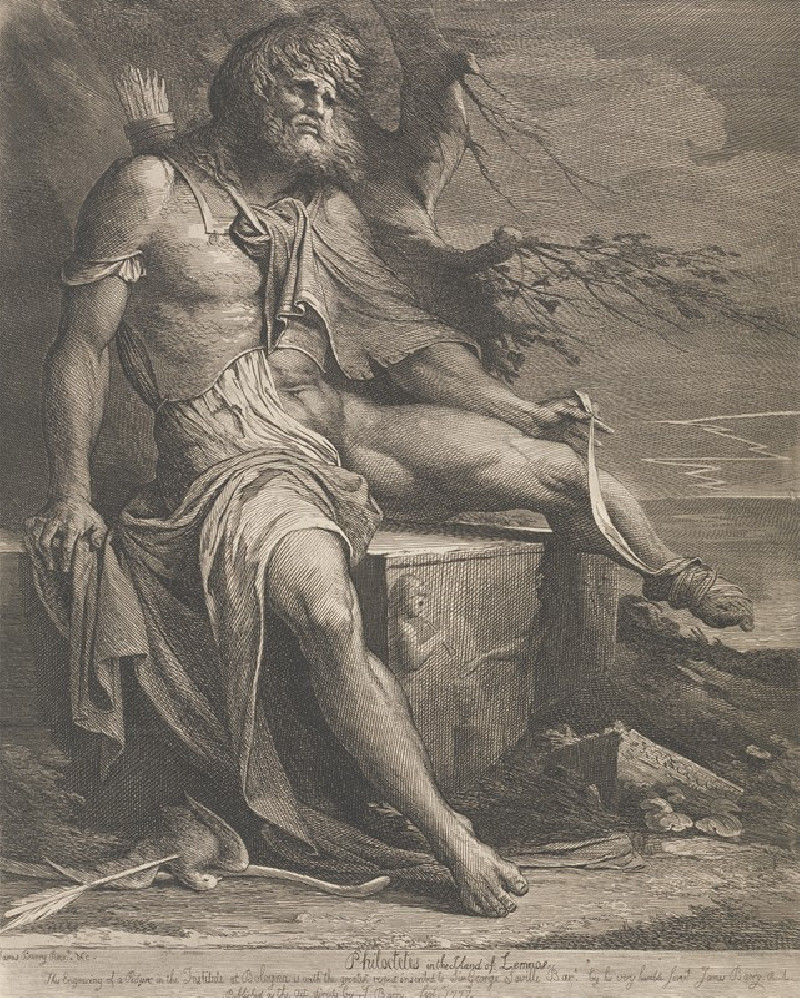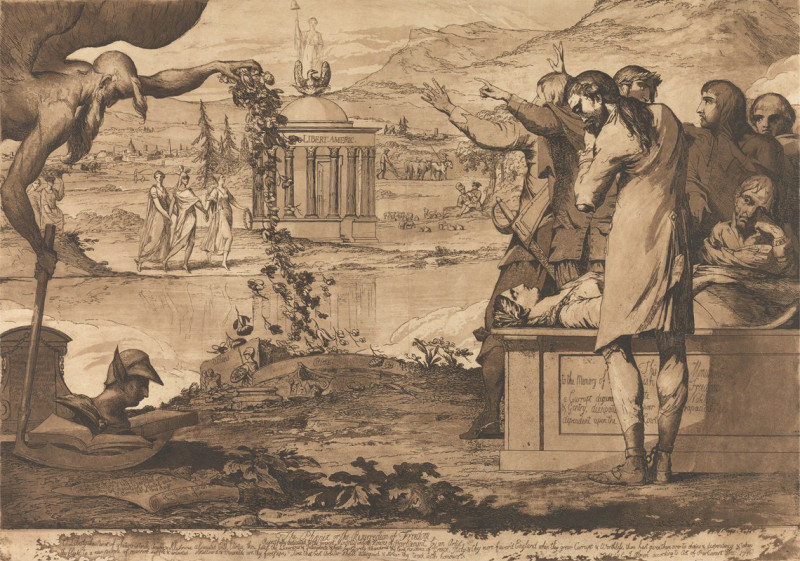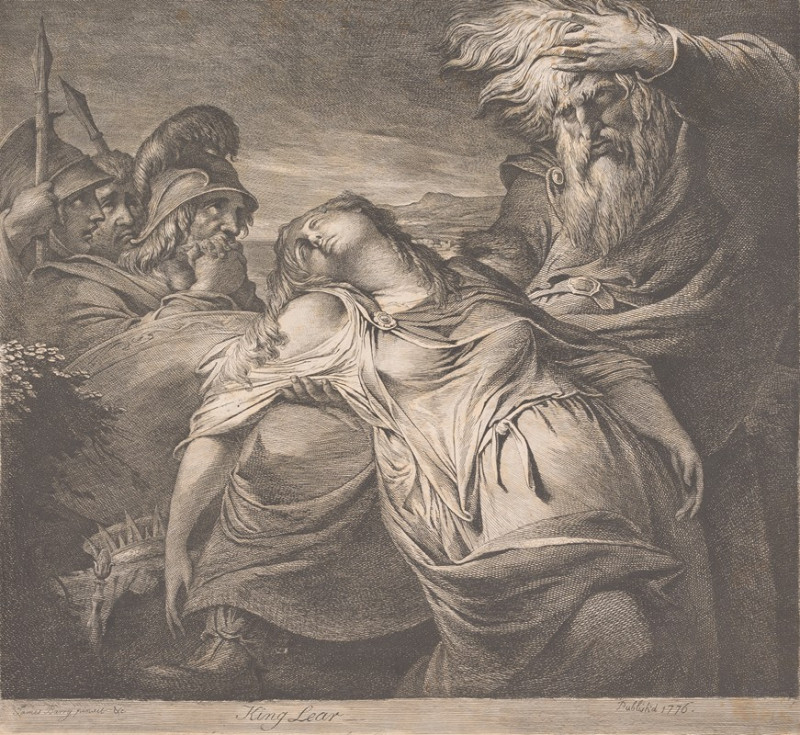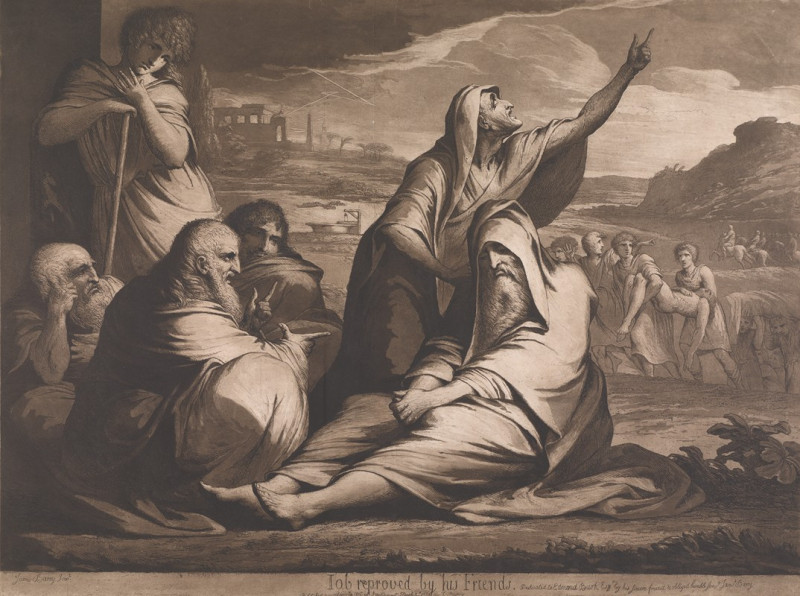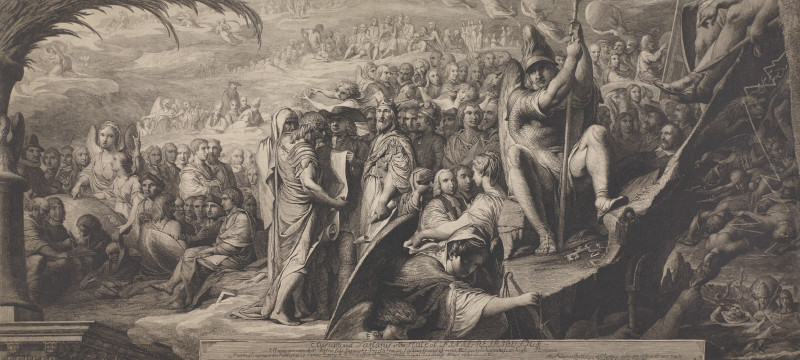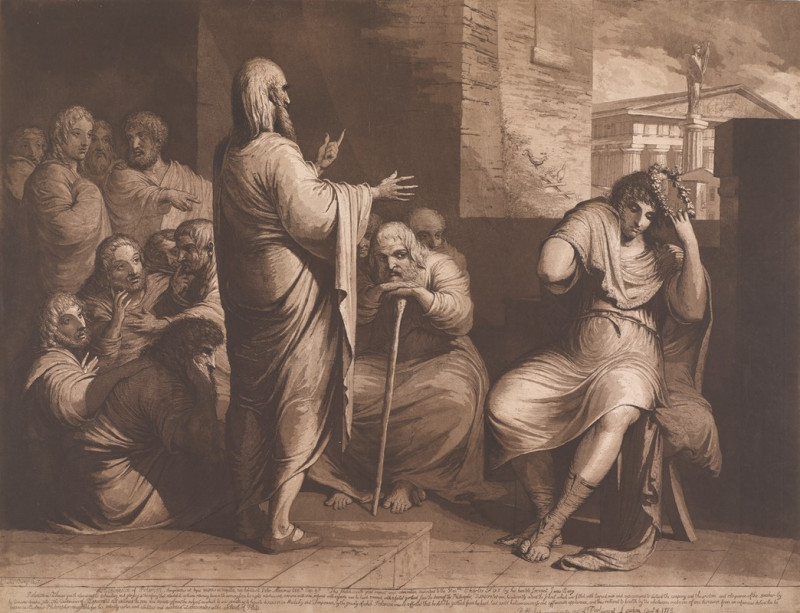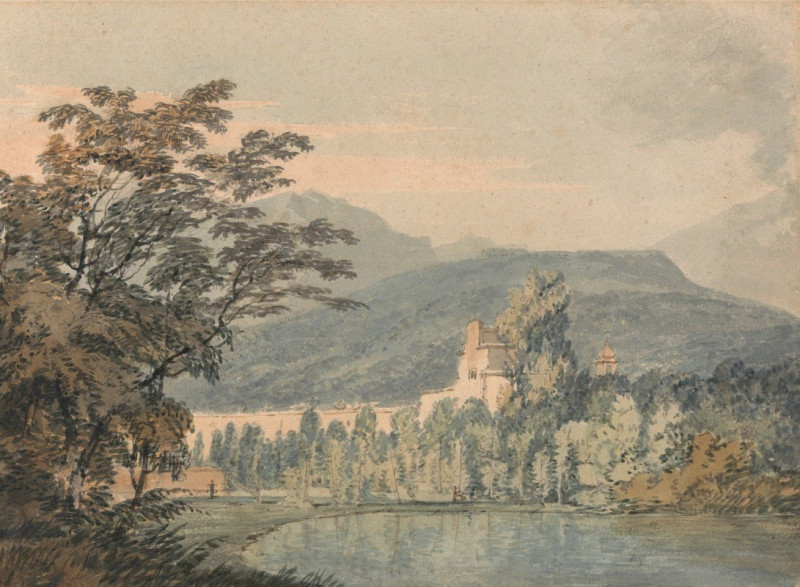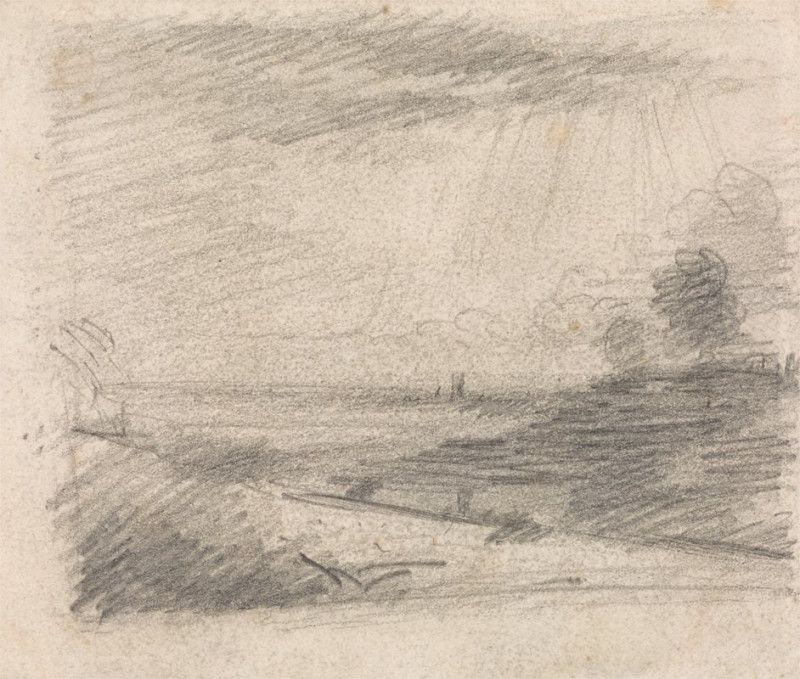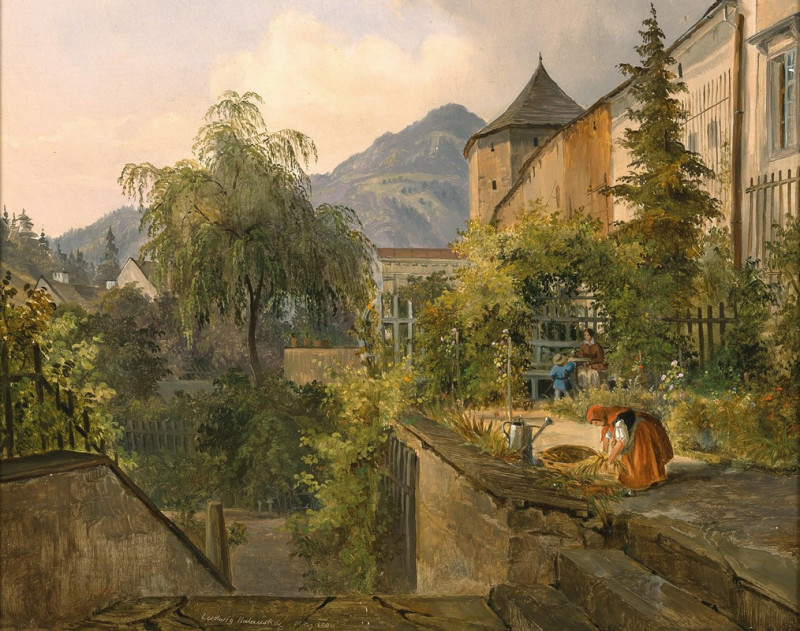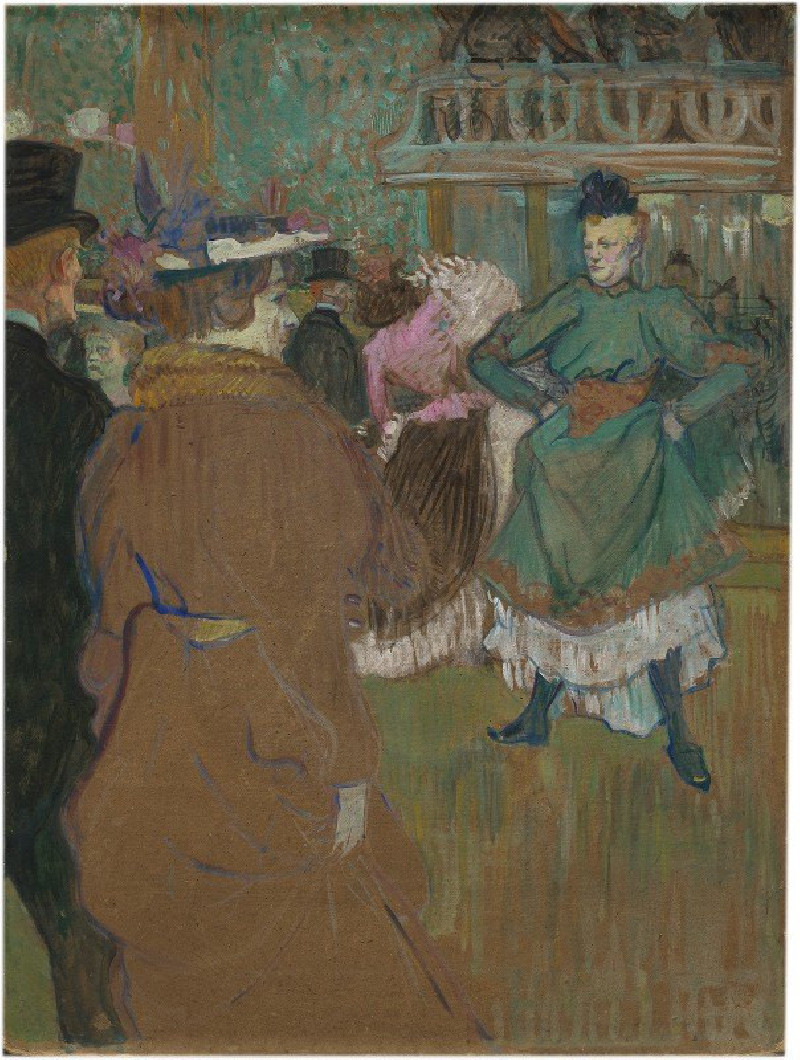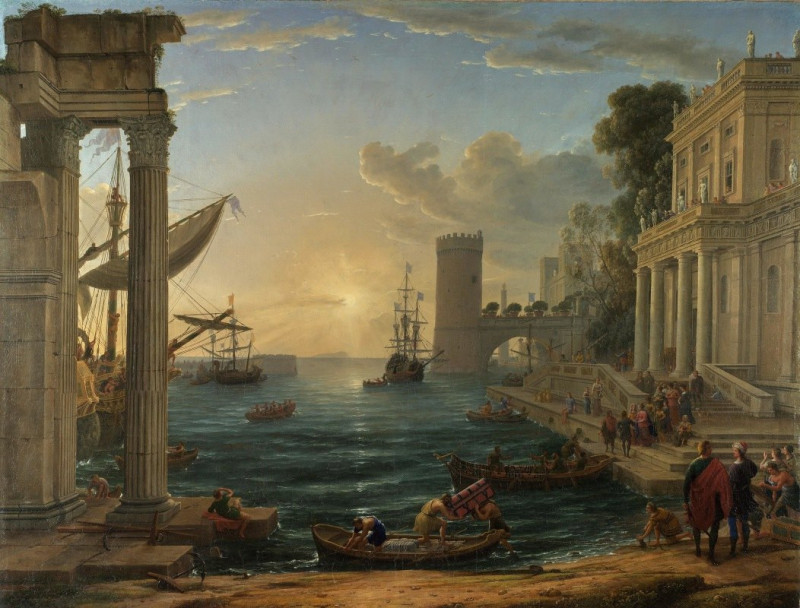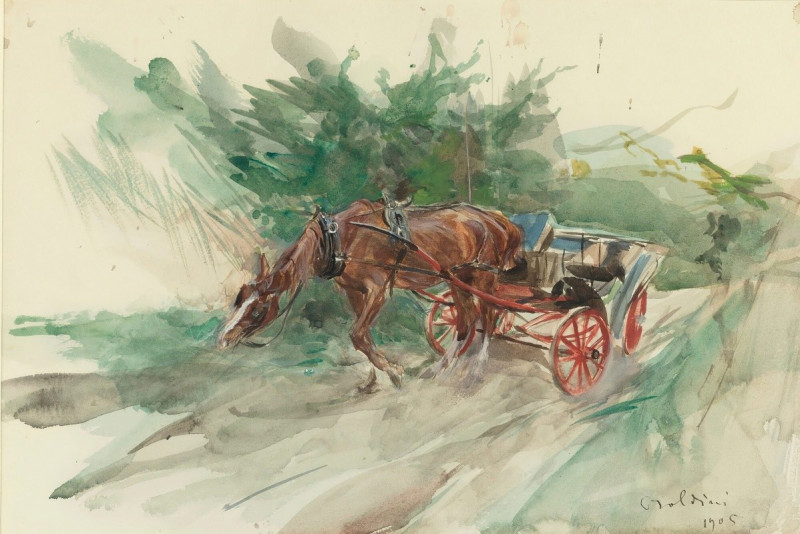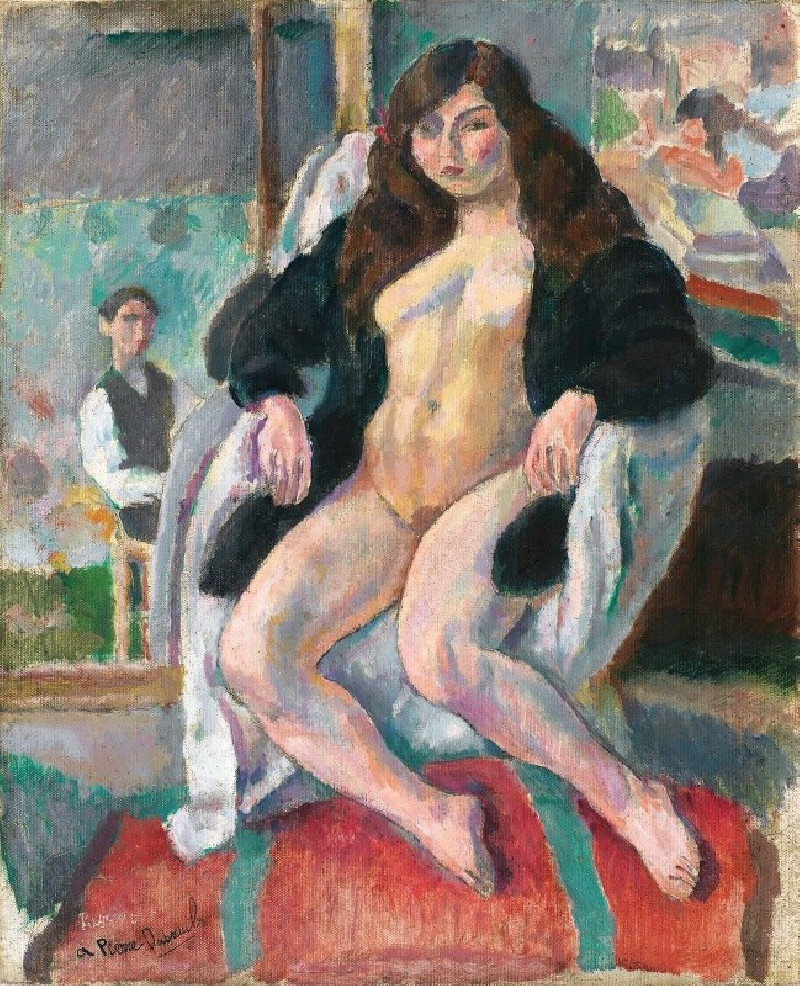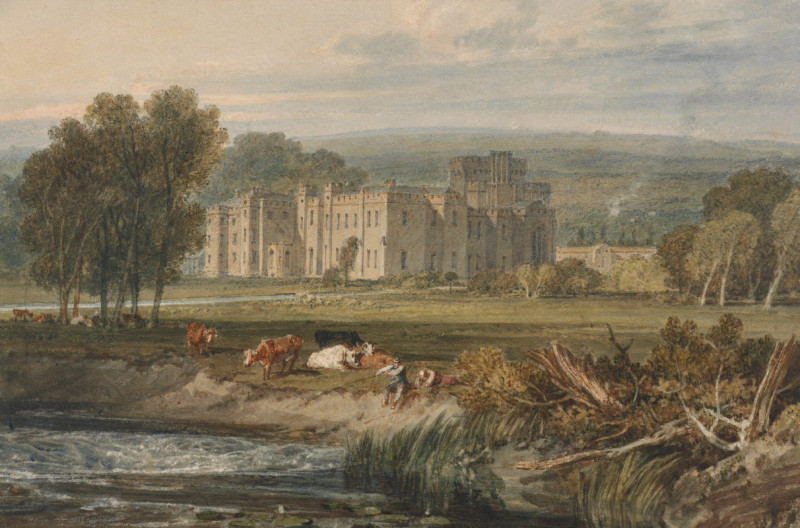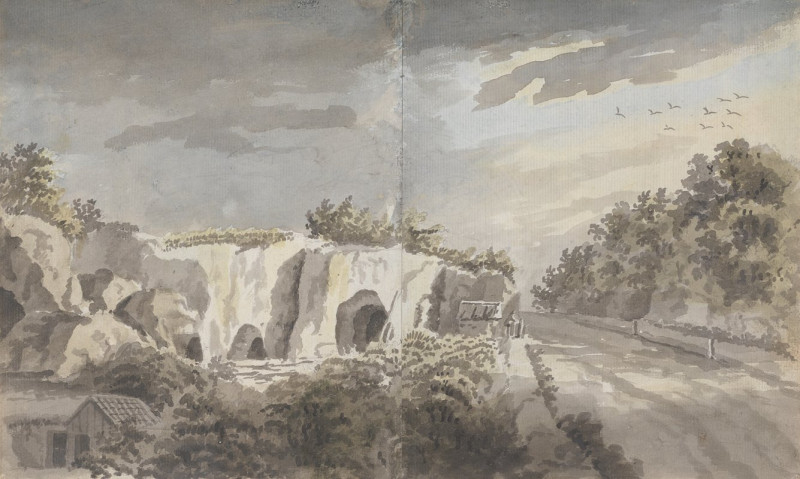Jonah (c. 1800)
Technique: Giclée quality print
Recommended by our customers
More about this artwork
The dramatic etching titled "Jonah" by the eminent artist James Barry, dating back to circa 1800, is a profound depiction of the biblical prophet Jonah. Known for its dynamic composition and emotive power, this work invites viewers into a narrative of redemption and divine intervention.At the center of the composition lies Jonah, depicted in a moment of intense emotion and physical exertion. His body is angled dramatically, with muscles tensed and an expression of distress as he seems to be thrust forward by an unseen force. This portrayal likely represents Jonah’s miraculous ejection from the mouth of the great fish, a pivotal moment that underscores themes of mercy, repentance, and obedience to divine will.Behind Jonah, two angelic figures emerge, both rendered with a gentle, guiding presence. These figures might symbolize divine protection or intervention, guiding Jonah back to his prophetic mission despite his initial reluctance. The soft, ethereal nature of these angels contrasts powerfully with the robust, nearly palpable physicality of Jonah.Barry's masterful use of light and shadow adds depth to the scene, highlighting the physical and spiritual struggle of Jonah. The artwork’s intricate line work, especially evident in the muscles and draperies, showcases Barry’s skill in etching and his capacity to convey strong narrative through visual art.This etching not only serves as a religious commentary but also as a testament to human resilience and the possibility of redemption. It appeals not just to those familiar with biblical stories but to any viewer who appreciates the interplay of human emotion and supernatural influence in art.
Delivery
Returns
James Barry (11 October 1741 – 22 February 1806) was an Irish painter, best remembered for his six-part series of paintings entitled The Progress of Human Culture in the Great Room of the Royal Society of Arts in London. Because of his determination to create art according to his own principles rather than those of his patrons, he is also noted for being one of the earliest romantic painters working in Britain, though as an artist few rated him highly until the fully comprehensive 1983 exhibition at the Tate Gallery led to a reassessment of this "notoriously belligerent personality”, who emerged as one of the most important Irish artists. He was also notable as a profound influence on William Blake.

